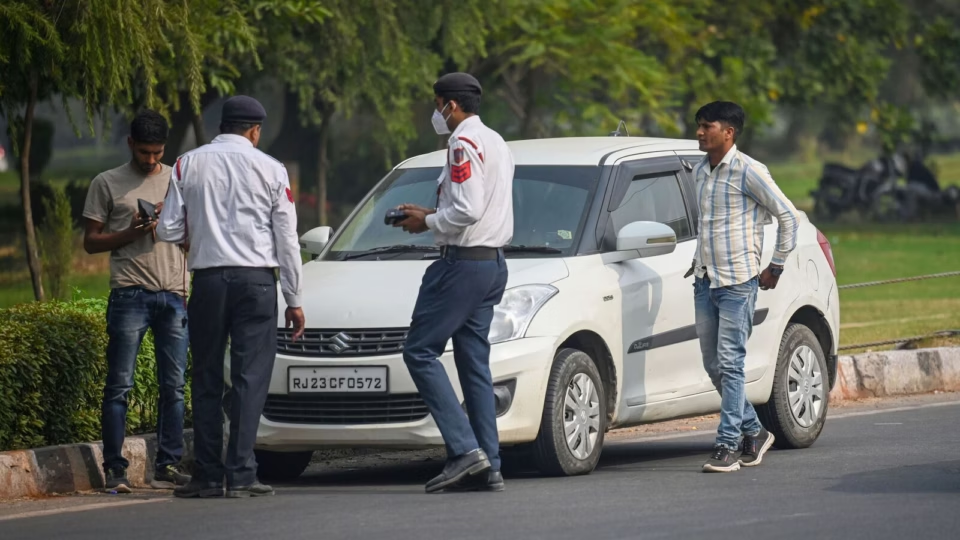
Flying Across India This Summer? Discover the Longest and Shortest Routes!
Beginning on Sunday, March 30, 2025, the Northern Summer Schedule 2025 brought with it several network adjustments for Indian airports and airlines, as well as new launches and shutdowns.
Although the Directorate General of Civil Aviation (DGCA) has authorised 25,610 weekly flights, 23,234 flights are scheduled across carriers in April, according to data provided exclusively for this story by aviation analytics firm Cirium.
IndiGo will operate the most flights (13,896), followed by Air India with 3,720. With 3375 slots allotted to it and being the fastest-growing airline, Air India Express, 2,715 departures are planned. Since many flights begin gradually, the slots are usually not used from the first day of the season. With three weekly flights from Delhi to Port Blair, Air India will still run the longest domestic route in the nation.
The 2481-kilometre trip to Port Blair takes three hours and thirty-five minutes, while the trip back takes three hours and fifty minutes. On this route, Air India uses the A320 aircraft.
The country’s shortest flight is a tie between the 95-kilometer Diu-Keshod-Diu and Silchar-Imphal-Silchar routes, which are exclusively flown by Alliance Air, a government-run airline that uses ATR 72-600 aircraft. Silchar-Imphal-Silchar runs twice a week, whereas the Diu-Keshod-Diu flight runs three times a week.
How Is It For All Airlines?
IndiGo’s longest route in India is the 2,320-kilometer journey from Bengaluru to Srinagar. On this route, which is also classified as a Category 2 route under the Route Dispersal Guidelines (RDG), the airline is using the A321neo.
The ATR 72-600’s 119-kilometer route from Kochi to Kozhikode is IndiGo’s shortest route. IndiGo’s longest ATR route is a tie between its daily Kolkata-Raipur and three-weekly Bhubaneswar-Prayagraj flights, while its shortest narrowbody route is the 145-kilometer trip between Srinagar and Jammu, which is also the shortest route in the network for Air India Express and SpiceJet.
At 214 kilometres, Air India’s route from Delhi to Dehradun is the shortest, and it is the only Airbus operated with a merged fleet after its merger with Vistara. Many of the airline’s sectors and flights have gradually been transferred to Air India Express, a subsidiary. The airline’s longest domestic route, which is 2,320 km long and runs from Bengaluru to Srinagar, is the same as IndiGo’s, while the smallest Q400 route is 232 km long and runs from Delhi to Jaipur.
The longest route for Akasa Air, which is tied with SpiceJet for market share, is from Mumbai to Guwahati, which is 2,074 km long. The smallest route for the airline is from Guwahati to Agartala, which is 248 km long. Among regional airlines, IndiaOne’s Jeypore-Vizag route on the Cessna 208 is the shortest at 142 km, while Star Air’s journey from Belgaum to Jaipur, which is operated by E145s, is the longest at 1220 km.
Given its small fleet, IndiGo would be flying to 89 domestic destinations, followed by Alliance Air, which will travel to 51 locations. 45 domestic locations will be served by Air India’s upcoming flights, and 38 by its subsidiary Air India Express.
How Are The Airports Doing?
With 3,480 weekly departures, Delhi continues to lead, while Bengaluru overtook Mumbai to take second place with 2,378 departures. There are 2,284 scheduled weekly departures from Mumbai. However, because Bengaluru’s expansion is a combination of low-capacity ATRs and narrowbody aircraft, Mumbai will continue to provide more seats. It’s interesting to note that the greatest number of airlines operating domestic flights at Hyderabad and Pune airports is eight carriers each. All carriers, except FlyBig and IndiaOne, are hosted by both.
A startling 41 of the 119 airports for which schedules have been released only have one airline, placing them at risk of closing if the airline is unable to continue operating, particularly the regional ones that have a history of shutting down in India. IndiGo has more than 50% of the frequency in seven of the nation’s ten busiest airports.



